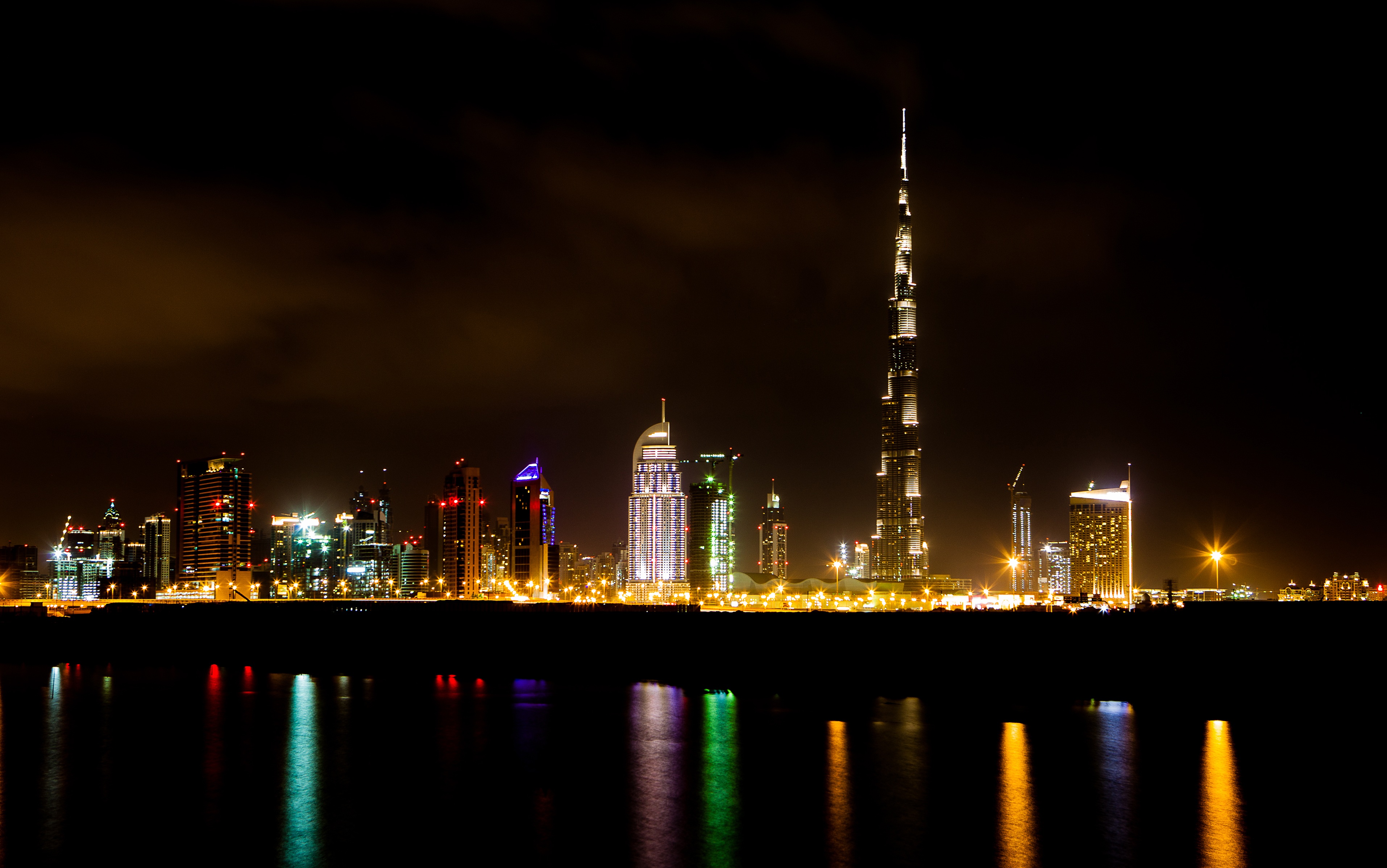
Five main icons signify levels of contribution: All Human, Human‑Led, Machine‑Assisted, Machine‑Led, and All Machine, while nine functional icons pinpoint specific steps—such as ideation, data analysis or design—where AI played a role. Crafted by the Dubai Future Foundation, the initiative does not allocate precise percentages but offers a flexible, visual framework designed for diverse content, including written work, visuals and multimedia.
Sheikh Hamdan described the move as essential for distinguishing human creativity from AI in an era of “rapid technological advances.” He urged global researchers, creators and institutions to implement the icons responsibly “in ways that benefit people,” underlining Dubai’s ambition to set a global benchmark for clarity and credibility.
Dubai government agencies and contractors are now required to display the icons on academic papers, technical reports, educational materials, videos and social media posts. Although voluntary for private-sector creators, the icons offer a best-practice tool to build trust. Copyrighted and free to use, they can appear on cover pages, footers or disclaimers.
The adoption of HMC icons complements other UAE initiatives that promote ethical AI use, such as AI performance systems designed to enhance efficiency across public sectors. Observers in the region note that Dubai’s approach—grounded in steady, real-world integration of AI—is producing tangible benefits, not just lab experiments.
Critics, however, caution against over-reliance on icons without safeguards. Some experts warn that without verification mechanisms, creators might mislabel their use of AI, leading to potential misuse. Questions are being raised about how the system will be audited and enforced, particularly in the private sector where adoption remains optional.
Proponents counter that as one of the few globally accepted frameworks of its kind, the HMC system is a critical step in enhancing accountability. By signalling where and how AI shaped content, it may help combat misinformation and protect intellectual property.
Dubai’s move arrives amid global debates over AI transparency and integrity in content creation. Academic circles, notably, have struggled to track machine assistance in papers, undermining trust and authenticity. The HMC icons aim to tackle this by enabling immediate visual transparency.
The classification offers significant potential influence. International academic journals and media organisations have already begun reviewing the icons for possible inclusion in their editorial standards, though none have officially signed on yet.
Dubai Future Foundation sees the system as dynamic and scalable. Plans are underway to refine the icons based on user feedback and broaden their application to new media forms. Future updates are expected to introduce verification protocols and usage metrics.
Dubai’s system sets a precedent for global AI governance. As AI becomes integral to ideology shaping, business reporting and research, distinguishing between human and machine-originated content may emerge as a core ethical standard.
Topics
Live News
